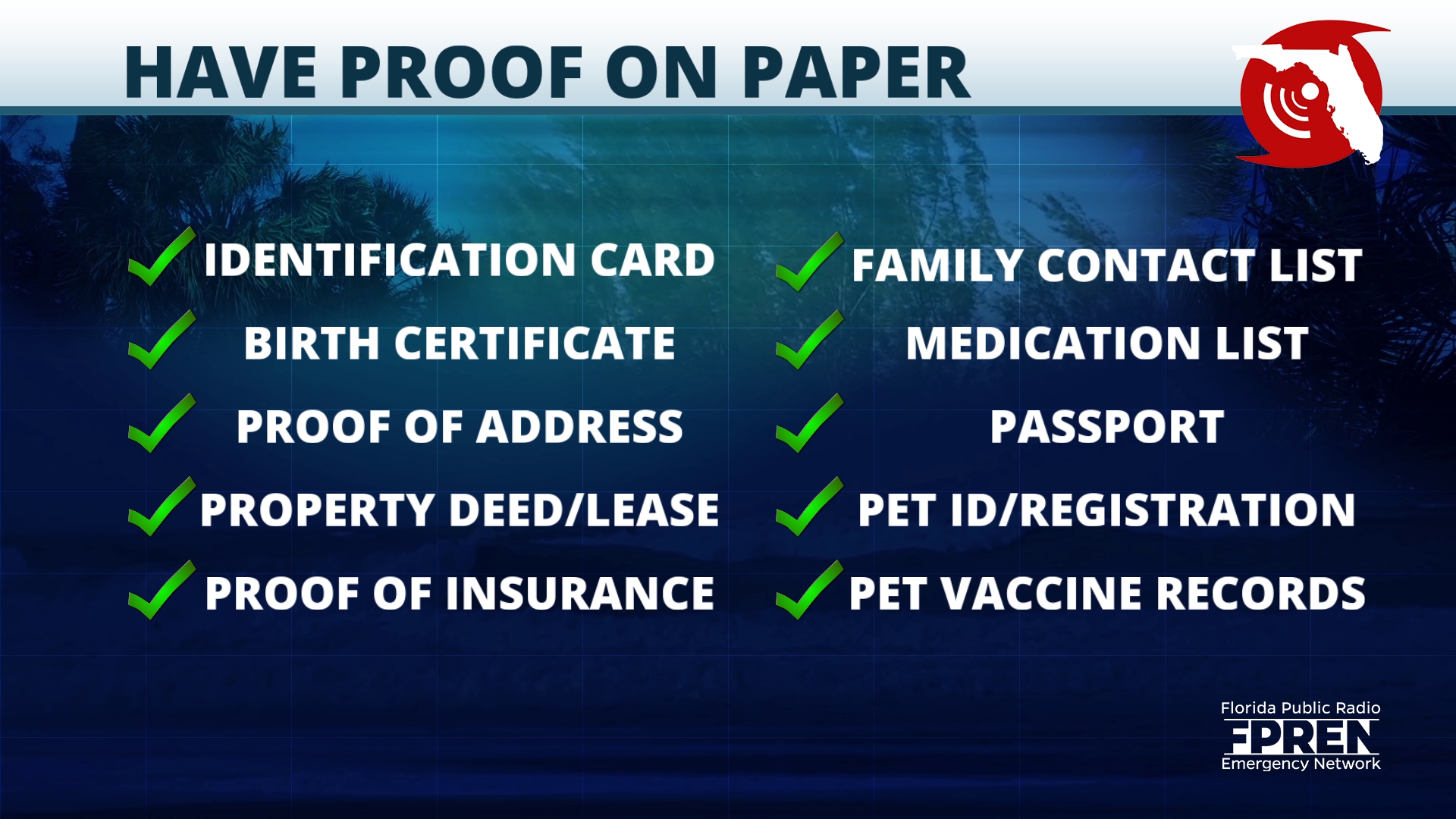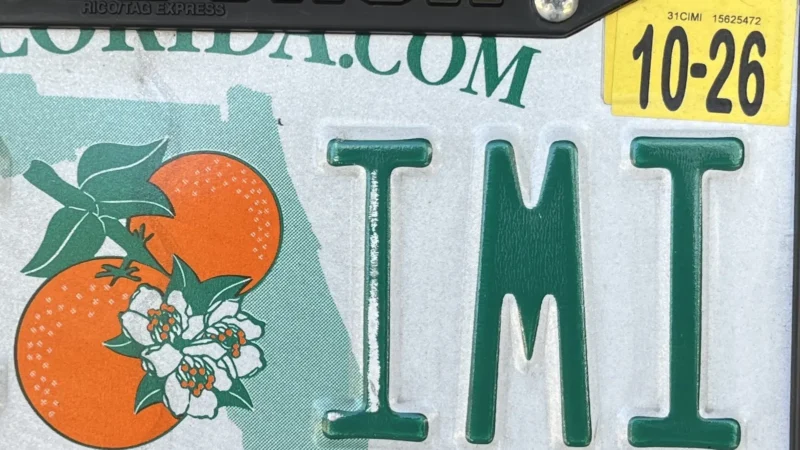The countdown to hurricane season has begun, and Florida emergency management offices are sharing their safety tips to empower residents to act ahead of potential storms.
Atlantic hurricane season runs from June 1 through Nov. 30, but tropical cyclone activity can sometimes occur before and after these dates.

Leon County Director of Community Relations and Resilience Mathieu Cavell and Seminole County Emergency Management Division Manager Steven Lerner share that it is never too early to prepare for a hurricane. To avoid rushing through potentially life-saving preparations, take the necessary precautions a few months out to ensure a smooth transition into hurricane season.
“This hurricane season is expected to be one of particular concern because of how warm the waters are so early in the calendar year,” Lerner said. “We want residents in Florida to get prepared as soon as possible. Step No. 1 is to make a plan.”
Preparing your home
For homeowners, a crucial step to preparing your home for hurricane season is to review your insurance policy and how it applies to your property. Consider how much it covers and if you should make any modifications.
“Now is the time to be able to ask questions because you will not be able to change your insurance policy when you are in a five-day error code of an approaching hurricane,” Cavell said.
In the event of an approaching storm, having a checklist detailing preparations to make, like removing patio furniture and securing windows and other loose items, can significantly enhance your readiness and safety.
Cavell also recommends considering when you would evacuate your home during a storm and where your family would take shelter. Do not forget to consider any animals in your plans.
“If an individual lives in a mobile or manufactured home or an area that has flooded previously, they should highly consider evacuation as the best form of getting out of the elements,” Lerner said.
Building an emergency kit
Creating an emergency kit is an essential step in any storm preparation. Make sure you have all of the materials, supplies and information if you were to evacuate.
A good rule to follow is to have a two-week supply of medications, food and water in your kit. Keep in mind that you may be asked to leave your shelter with little notice. Pack your kit ahead of time to avoid any confusion and stress.

What to put in an emergency kit:
- Water.
- Non-perishable food and easy-to-prepare items.
- NOAA Weather Radio.
- Extra batteries.
- First aid kit.
- Medications.
- Sanitation supplies.
- Copies of personal documents (medical information and medications, proof of address, passports, deed/lease to home, birth certificates, insurance policies, emergency contact information).
- Extra cash.
- Extra fuel for generator or car.
- Blanket.
Depending on your family’s needs, your kit may look different than others. Consider everyone who may shelter with you and their needs.
Where to look for local updates
“Often some of the biggest mistakes folks make is not knowing where to get the best and most current, accurate emergency information in their community,” Cavell said. “It is one thing to be able to watch national news and see an approaching storm … but it might not be this specific community-driven information.”
Satewide radio and your local public radio station are reliable sources of information to get timely and accurate updates.
Being familiar with your county’s emergency management office can help you locate sandbags, evacuation routes and emergency shelters. The Florida Division of Emergency Management shares information on applying for housing assistance, disaster preparedness and other statewide resources for Florida residents.
Special needs shelters
During a severe weather event, needs can vary from individual to individual based on their medical status. Florida maintains a special needs registry at a local and state level.
“Every need is special, but special needs are specifically defined as having a medical need for care that requires electricity for a long period of time,” Cavell said.
Your county emergency management can direct you to the appropriate resources for your family.
Helping your community recover
“After a hurricane, some of the best and easiest things that you can do is stay off the road and allow folks the opportunity to clear those roadways to make sure that they are safe for everyone,” Cavell said. “As trees go down, they untangle live power lines. If you can just stay at home and keep your family safe and entertained to an extent, then you are better off for it.”
Many hurricane-related injuries come after the storm when people begin to clean up when it is not safe to do so, according to Lerner. Only when the area is said to be clear of debris and water is it safe to exit your shelter.
If you feel compelled to help after your community is cleared of any hazards, volunteering with a nonprofit is one way to provide disaster relief. Affiliating yourself with a nonprofit now allows time for the organization to go through the necessary registration and training process.
Volunteer Florida, the American Red Cross and the Salvation Army are all organizations that can connect you to local chapters in need of helping hands. In addition to working with nonprofits, vulnerable populations like seniors in your neighborhood may need help.
Follow Florida Public Radio Emergency Network on Twitter and Facebook for the latest updates, advisories and critical information this hurricane season. The Florida Storms app is available for download on the App Store and Google Play.
9(MDEwNzczMDA2MDEzNTg3ODA1MTAzZjYxNg004))






